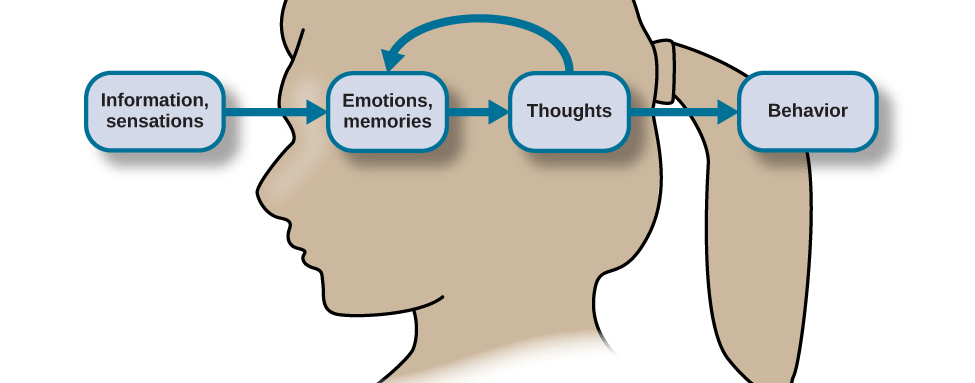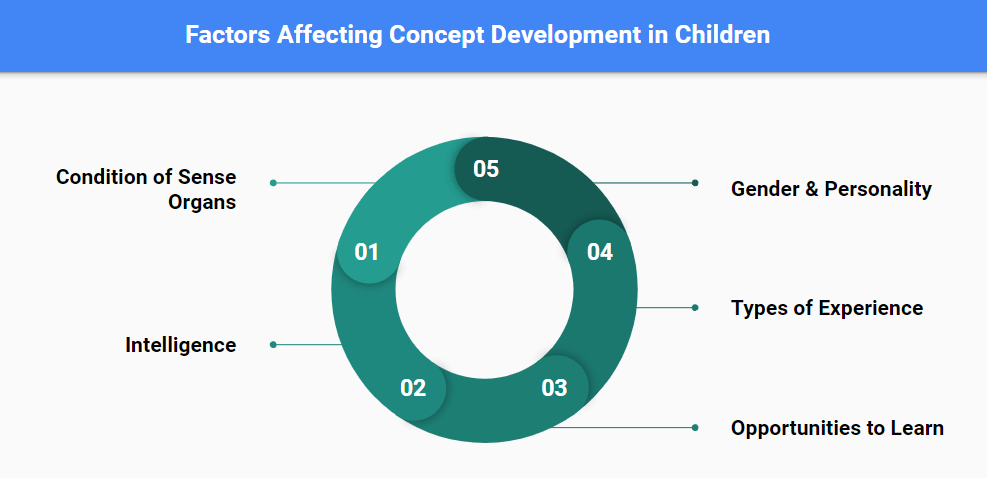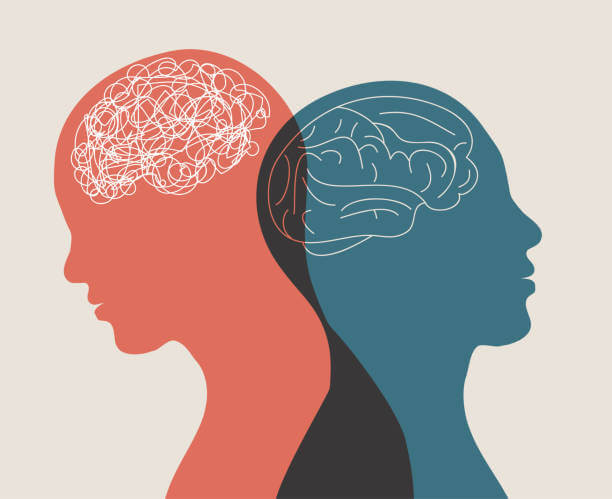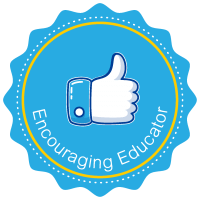“Children do learn what they live. Then they grow up to live what they’ve learned”
– Dorothy Notte
It is always curious for the teacher, parents and anyone working around young learners to know what is going on their minds. Learners come up with their own understanding of what is being taught and bring in pleasant surprises of ‘HOW’ they think. The very understanding of grasping concepts has a lot to do with the thinking pattern the human brain takes up. As educators, parents or facilitators learning about how the little ones think makes our job easy.
PS. This article would address the work done by the learners as ‘TASK’. Let’s dive deep.
Why is Concept Important?
By definition, Concept is a mental grouping of similar things, events, and people that is used to remember and understand what things are, what they mean, and what categories or groups they belong to. The categorical grouping is crucial for developing the fundamentals of knowledge. They allow learners to classify and organize the world around them. The sense of organization of what they learn can ease the process of understanding how the world functions around them. It fosters to a deep sense of Metacognition – a process through which learners use knowledge of the task at hand, knowledge of learning strategies, and knowledge of themselves to plan their learning.
The utility of concepts can be broadly stated as –
- Give the learner the first hand information about what the world is, its salient features and how does it function.
- Analyze and synthesize solutions to the problems learners would face when put in a new environment.
The aim of learning is to have a better comprehension of the task, replicate the task or create a novel method to process the task. Concepts serve an important function for a range of cognitive tasks including identifying objects in the world, forming analogies, conveying core elements of a theory and making inferences that extend knowledge beyond what is already known. Thus, Concepts are at the core of intellectual behavior. When I refer to intellectual behavior, it necessarily does not mean the academic merit; but calls for navigating situations learners faces throughout their life.
The best way to introduce or represent a concept is through a Prototype. It is a miniature model of the actual larger phenomenon. Understanding concepts at a small-scale helps learners get acquainted with the concepts of the tasks on simpler levels. Therefore, prototypes must always be built as a perfect blend of learner’s previous knowledge and a simplistic, core essential version of larger phenomenon of the concept. Building a prototype to teach a concept demands strategic implementation of methods like demonstration, focused group discussion, pattern building and experimentation, etc.
Types of Concepts

- Natural Concepts are created “naturally” through your experiences and can be developed from either direct or indirect experiences. For example, feeling the flow of water, the heat and light from the sun, pain experience around the wound, etc.
- Artificial Concepts, on the other hand, is a concept that is defined by a specific set of characteristics. Example, geometric shapes, units of measurements, etc.
Concept Formation
We understand that mental grouping of things is called a concept. Now, the process by which learners discover the feature(s) that are ‘common’ to a large number of things, associate these features with a ‘TERM‘, which thereafter may be applied to other similar things is called ‘Concept Formation’.
In simple terms, it about recognizing the a common thread that deals with a particular feature. For instance, a teacher drew a circle on the board and introduced this new shape to the learner. Then, the learner is given a bunch of things – rubber band, pencil, coin, bangle, ruler, wheel, dice, cone. Now, in this the learner can identify a common thread (circular objects), classify things (rubber band, coin, bangle, wheel) and eliminate the odds (non-circular objects: pencil, cone, ruler, dice). The particular feature here is Shape and the ‘term’ associated with this feature is ‘ROUND’. Hence, the learner is able to understand the concept of circular objects – how they look (round) and what are their features (have no edges, can roll around, has a center). To this list, if the teacher adds a ball, a 3D object, which is similar to the 2D objects, it pushes the boundaries for the learners to think further of the concept learnt. Learners would apply the rules of circle and round objects to the new object (the ball). Eventually, learners understand this 3D object can also be round with same features as 2D circular objects and 1D circle drawn on the board. Thus, forming the concept of Round Things across various dimensions.
Facilitation of Concept Formation

The human nervous system is capable of handling endless streams of information. The senses serve as the interface between the mind and the external environment, receiving stimuli and translating it into nerve impulses that are transmitted to the brain. The brain then processes this information and uses the relevant pieces to create thoughts, which can then be expressed through language or stored in memory for future use. The brain does not gather information from external environments alone. When thoughts are formed, the mind also pulls information from emotions and memories. Emotion and memory are powerful influences on both our thoughts and behaviors.
In a nutshell, the tasks/prototypes serve as a external stimuli for grasping the concept; the sense organs act as gateways for applying cognitive tasks (identifying, forming analogies); the emotions and memories are the previous knowledge available; and the thought is where the concept formation develops.
Mental Process of Concept Formation
This includes four stages, namely:
- EXPERIENCE – The process of direct participation in an action.
- ABSTRACTION – Discovering the common elements in a large number of situations after experiencing them.
- GENERALIZATION – The process of extending the concept to include objects which possess a quality in common with other objects, which have not been observed in the abstracting process.
- ANALYSIS – To apply the concepts learn to the world around them for understanding the tasks better.
Concept Formation in Early Childhood Development
Research across the disciplines strongly seconds that cognitive development in a human occurs majorly during the early childhood years. Concept formation for a young learner is always individualized, that is, the more experience the learners has with the concept, the more relevant and concrete applications are formed to said concept.
Development of concept formation can be through a pattern of new meanings associated to the old meaning. This method can be both inductive (specific to general) or deductive (general to specific).

All concepts influence personal and social adjustments by influencing the quality of behavior. Concepts also resist change for same reason.
Thus, teaching the concepts and sharpening the concept formation skills at a young age can be highly beneficial for learners to navigate challenges ahead in life.



Conceptual analysis is important
✅